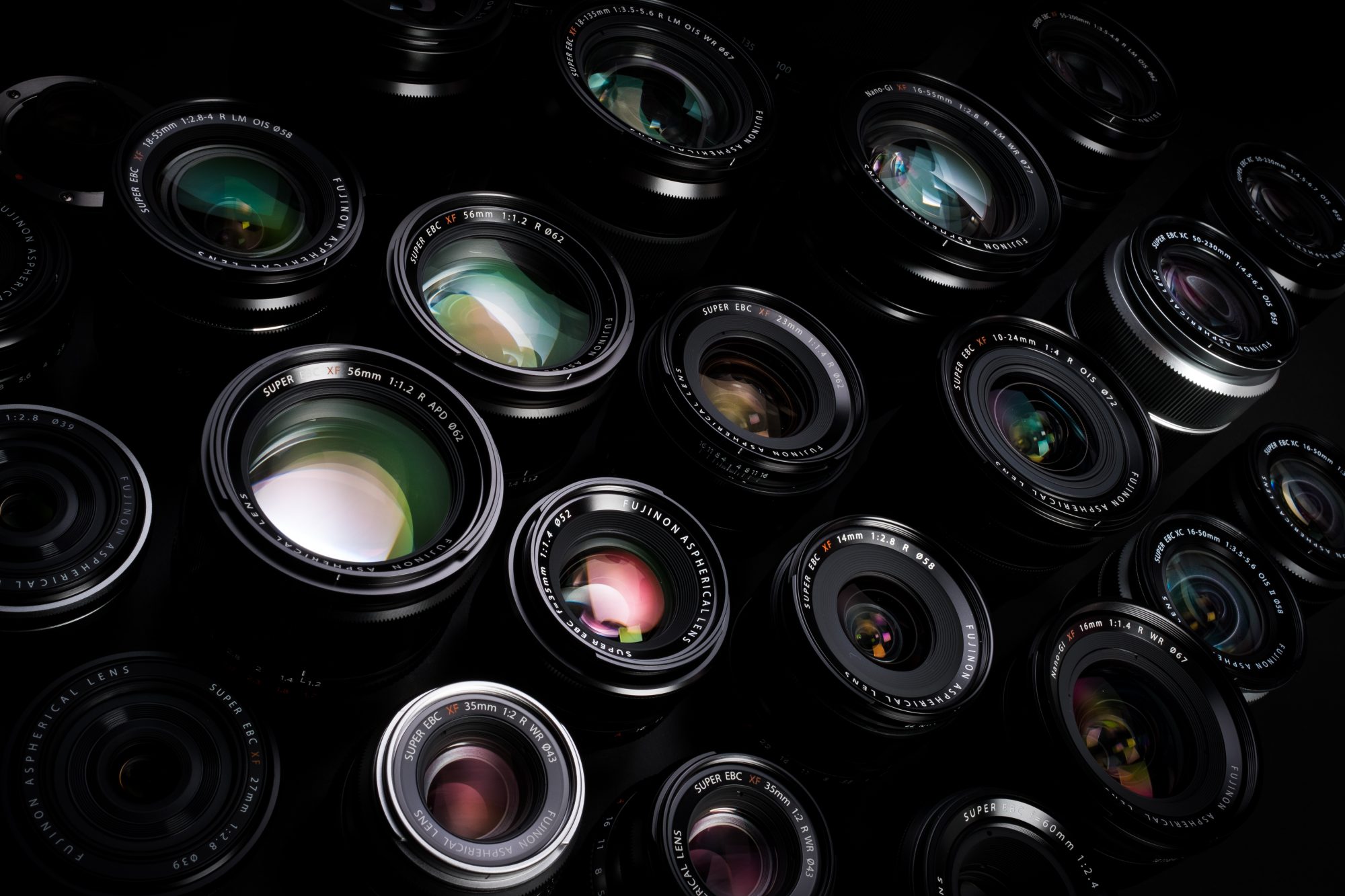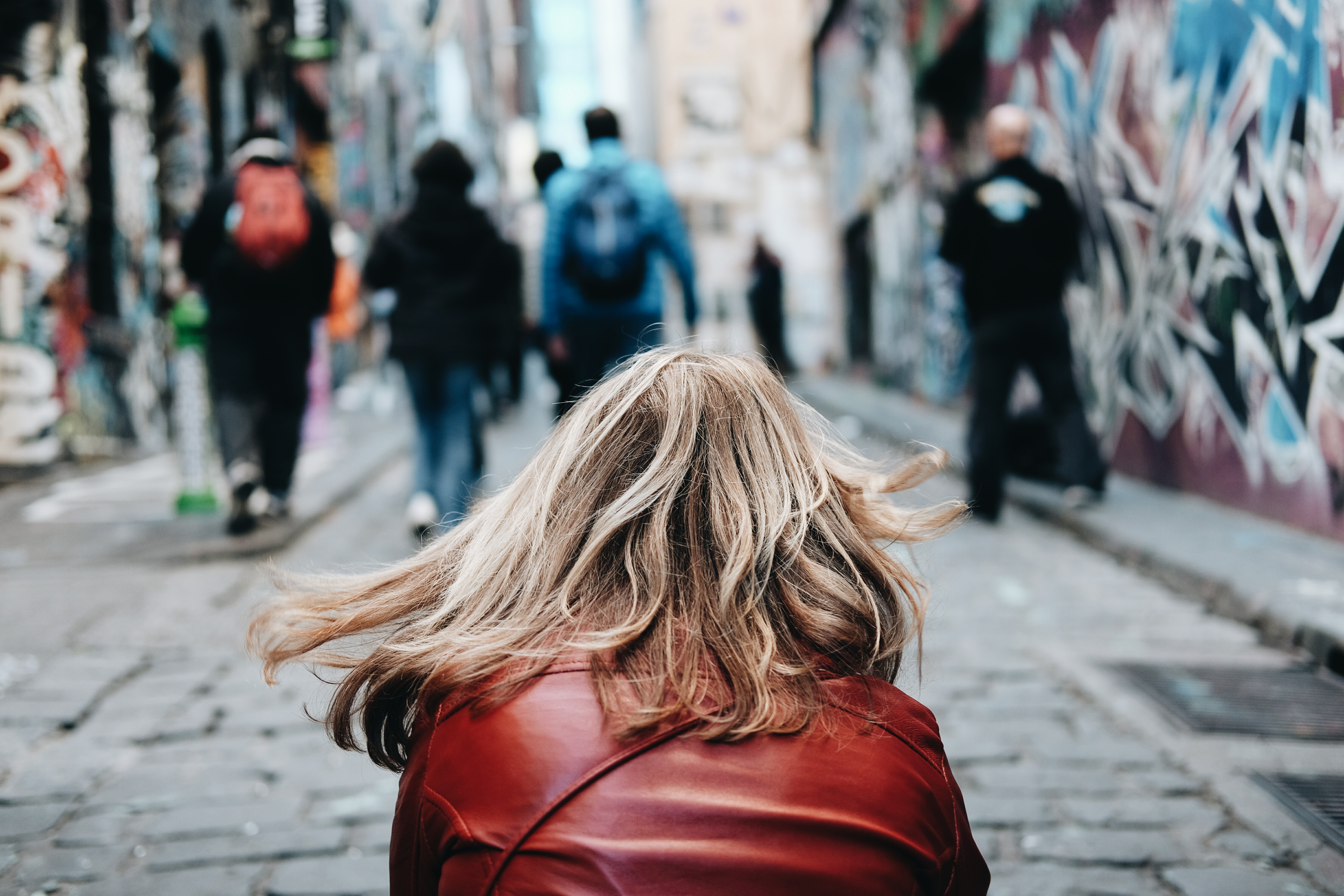Over the last two and a half months, you would have seen a series of interviews which formed Series One of Through a…
Joe Jongue
Through a Photographer’s Eye: Joe Jongue
Through a photographer’s eye is the first in a series of interviews featuring Australian photographers. In each interview, we learn about the person…

